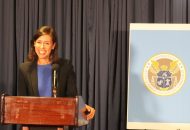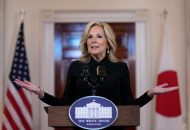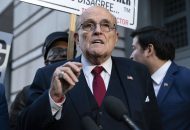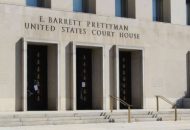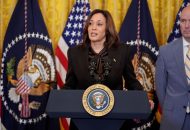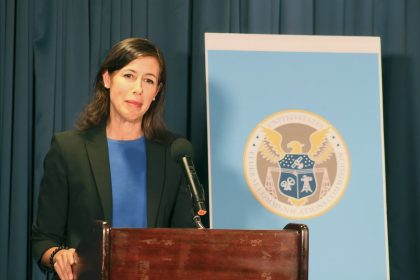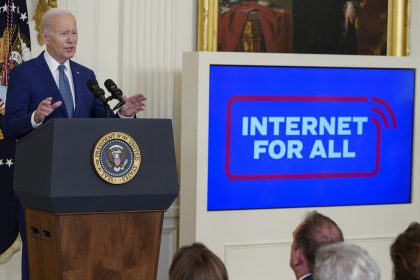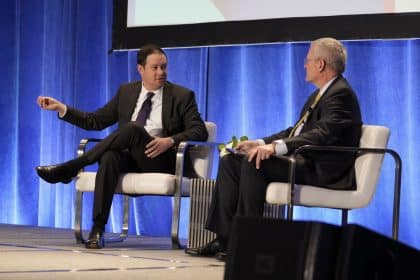More Than 10 Million Households Sign Up for Broadband Affordability Program
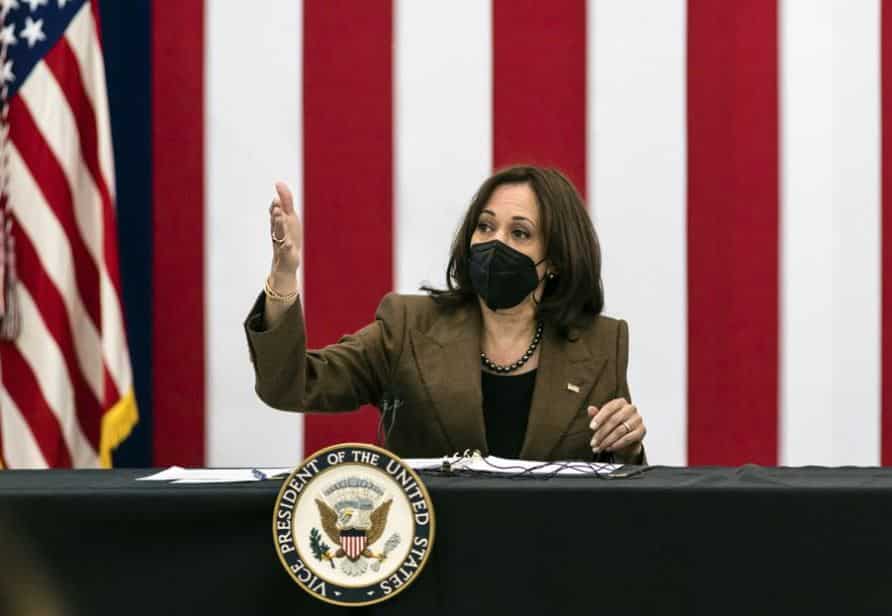
WASHINGTON — Vice President Kamala Harris is set to announce Tuesday that more than 10 million households are enrolled in the Affordable Connectivity Program, the nation’s largest ever broadband affordability program, since the bipartisan infrastructure bill was signed into law in November.
Set to join Harris at the announcement are Federal Communications Commission Chairwoman Jessica Rosenworcel and Senior White House Advisor Mitch Landrieu.
They will also hear from a high school student who has benefited from the Affordable Connectivity Program.
“The president and vice president have made it a top priority to ensure all Americans have access to reliable, affordable, high-speed internet to learn, work and participate in the 21st century economy. But affordable broadband remains out of reach for too many, with one estimate showing almost one out of three internet users worried about paying their internet bills during the pandemic,” a senior White House official said on Monday.
Harris has long been engaged in the issue of ensuring affordable and accessible high-speed internet for all Americans.
As a U.S. senator, she co-sponsored the Accessible, Affordable, Internet for All Act. Since becoming vice president, she has traveled the country meeting with citizens, lawmakers and others to make the case for closing the digital divide.
The Affordable Connectivity Program is the nation’s largest broadband affordability program. Created through the bipartisan infrastructure law, it is a $14.2 billion successor program to the Emergency Broadband Benefit.
Low-income households are encouraged to apply to receive a discount of up to $30 per month toward internet service and up to $75 per month for eligible households on tribal lands.
Eligible households can also receive a one-time discount of up to $100 to purchase a laptop, desktop computer or tablet from participating providers if the household contributes more than $10 and less than $50 toward the purchase price.
A household is eligible for the Affordable Connectivity Program if a member of the household meets at least one of the criteria below:
- Has an income that is at or below 200% of the federal poverty guidelines.
- Participates in certain assistance programs, such as the Supplemental Nutrition Assistance Program, Medicaid, Federal Public Housing Assistance, Supplemental Security Income, the Special Supplemental Nutrition Program for Women, Infants and Children, or Lifeline.
- Participates in tribal specific programs, such as Bureau of Indian Affairs General Assistance, Tribal Temporary Assistance for Needy Families, or Food Distribution Program on Native American Reservations.
- Eligible to participate in the National School Lunch Program or the School Breakfast Program, including through the USDA Community Eligibility Provision.
- Received a Federal Pell Grant during the current award year.
- Meets the eligibility criteria for a participating broadband provider’s existing low-income internet program.
The FCC is joining with ACP outreach partners to host 10 local enrollment events in different areas of the country over the next month.
These events will build program awareness and train grassroots navigators on ACP eligibility and the enrollment process. Event times and locations will be announced in the coming days.
To learn more about the Affordable Connectivity Program and sign up to be an outreach partner, visit www.fcc.gov/ACP.
To enroll for the Affordable Connectivity Program, eligible households should visit www.ACPbenefit.org.
Dan can be reached at [email protected] and at https://twitter.com/DanMcCue.











